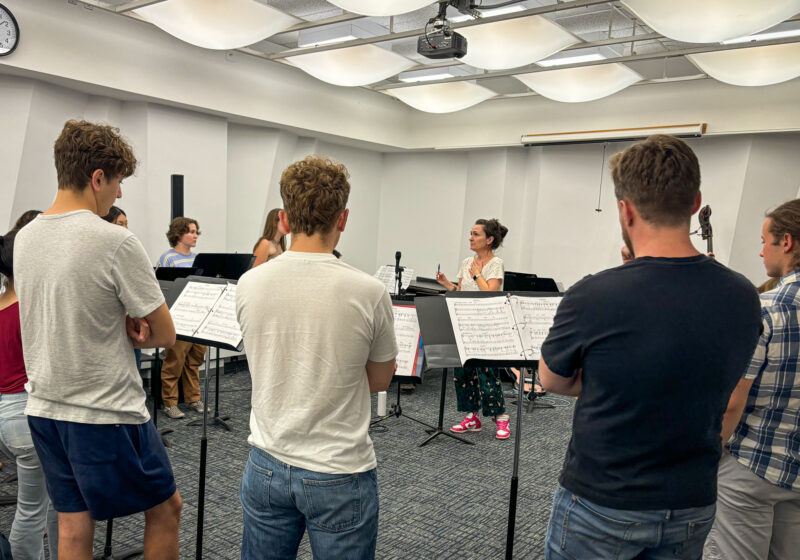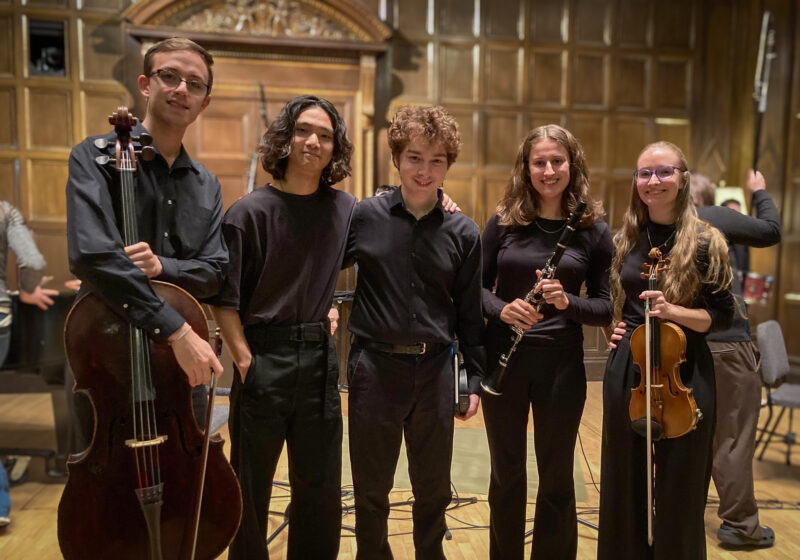Sure, women have it rough, but men face problems, too, especially on this campus. Women get a nice, triangular bathroom in Wilson Commons to take mirror selfies in. Men do not have such a glamorous sanctuary.
When Wilson Commons was completed in 1976, it was supposed to be a center of student life. Instead, it became a center of selfies for the ’gram.
The building was designed by the famous architect I.M. Pei. It is still not known why he made such a strange second floor with a boring rectangular men’s room and a stylish, triangular, women’s room equipped with a mirror-laden foyer. But it certainly is one of his more notable and enduring works.
There are many defining features of Pei’s architecture. He used quite a bit of glass and open space (but it’s ok, a roof made of glass will never leak, right? And surely, with so much glass, all of the rooms have windows, right?). He created many triangular designs, which certainly is an efficient use of space (95% of the time I have spent in triangular rooms were in rooms designed by Pei). But he is also known for his strict adherence to and early adoption of the Feminine Glamour style of architecture.
Wilson Commons, in fact, is among the buildings with the most functional triangular rooms, whether that be the second floor women’s bathroom, the May Room, Rocky’s, Hartnett Gallery, the Gowen Room, Havens Lounge, Starbucks, or the Campus Times office.
But let’s face it: The only equitable thing to do is to create a men’s room that is also triangular and has a hall of mirrors apt for photoshoots.
The solution is clear: Switch the Campus Times office and the first floor men’s room. No workspace is more fitting for a student newspaper than a restroom. No space is more fitting to be used as a bathroom than a newsroom.
It’s the 21st century. Men deserve cute places to take selfies, too!





